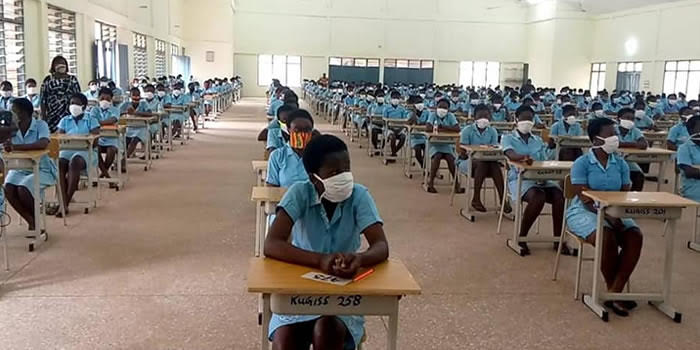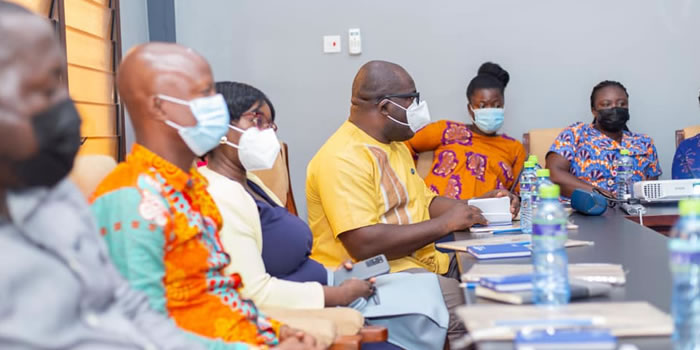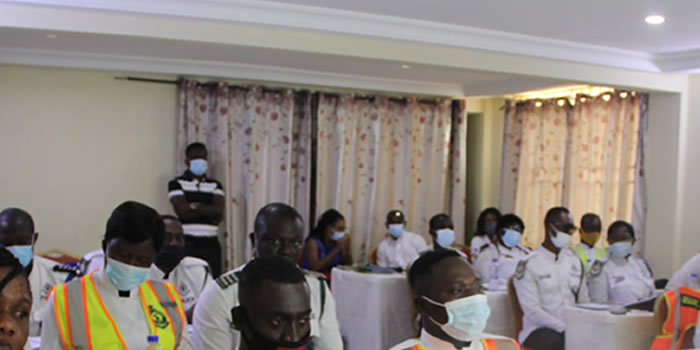The Kumasi Metropolitan Assembly (KMA) is one of the 260 Metropolitan, Municipal and District Assemblies (MMDAs) in Ghana, and forms part of the 43 of MMDAs in the Ashanti Region with Kumasi as its administrative capital.
The Kumasi Metropolitan is located in the transitional forest zone and is about 270km north of the national capital, Accra and is located between Latitude 6.35o N and 6.40o S and Longitude 1.30o W and 1.35o E and elevated 250 to 300 meters above sea level. It has a surface area of approximately 214.3 square kilometers which is about 0.9 percent of the region’s land area.
Its strategic location has also endowed it with the status of the principal transport terminal and has assured its pivotal role in the vast and profitable distribution of goods in the country and beyond. The unique centrality of the city as a traversing point from all parts of the country makes it a special place for many to migrate to.
The city of Kumasi was founded in the 1680’s by King Osei Tutu I to serve as the capital of the Asante State (Fynn, 1971). Given its strategic location and political dominance, Kumasi as a matter of course, developed into a major commercial centre with all major trade routes converging on it (Dickson, 1969). However, it came under the influence of the British rule in 1890 (Adu Boahen, 1965). With time the city began to expand and grow thereby making it second only to Accra in terms of land area, population size, social life and economic activity.
Its beautiful layout and greenery has accorded it the accolade of being the “Garden City of West Africa”. From the three communities of Adum, Krobo and Bompata, it has grown in a concentric form to cover an area of approximately ten (10) kilometers in radius. The direction of growth was originally along the arterial roads due to the accessibility they offered resulting in a radial pattern of development.
The city is a rapidly growing one with an annual growth rate of 5.47 per cent (Regional Statistical Office, Kumasi). It encompasses about 90 suburbs, many of which were absorbed into it as a result of the process of growth and physical expansion.
The Metropolis shares boundaries with Kwabre East Municipal and Afigya Kwabre District to the north, Atwima Kwanwoma District and Atwima Nwabiagya North District to the west, Asokore Mampong Municipal and Ejisu Municipality to the east and Bosomtwe District to the south.
The population of the Metropolis according to the 2010 Population and Housing Census stands at 730,249 with 826,479 males 903,770 females.





Source: Ashantibiz




